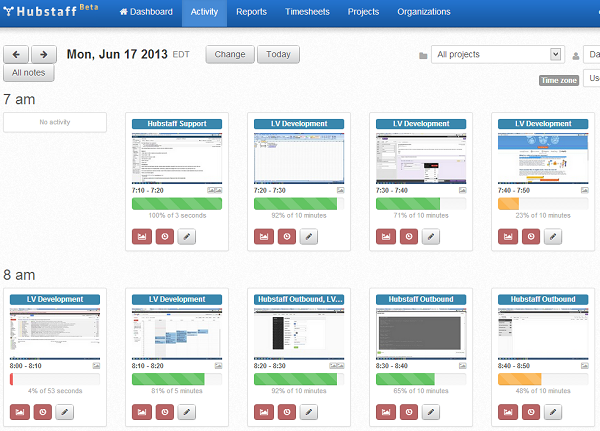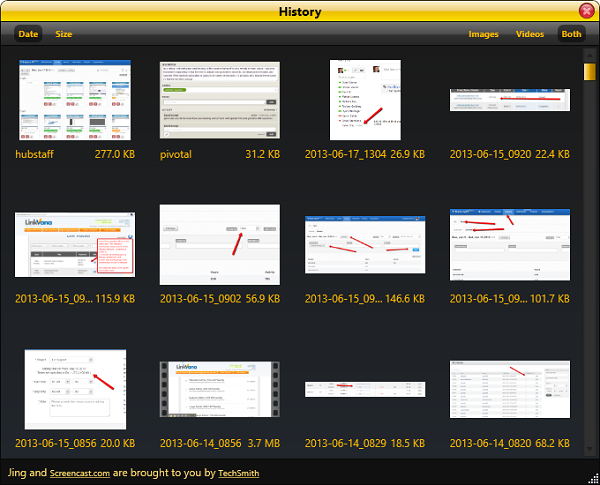As technology improves and new innovations are constantly being rolled out, it’s becoming more and more frequent for startups to found their companies based on a remote team. There are several reasons why this is occurring. Many times entrepreneurs meet their co-founders online, and they live in different areas of the country or even different countries all together. Also, it’s a huge savings if the company is bootstrapped. That savings can be put into advertising, technology or other forms of overhead.
Here are some technologies that have allowed many startups to be founded remotely.
Project Management Systems
There are many project management /collaboration tools to choose from these days, but all operate with the same basic premise. They allow users of the software to collaborate and discuss projects. Usually there is a “wiki” type option and an area where users can discuss individual projects and mark them as “complete”. Here’s a screenshot of how Pivotal Tracker works.
![]()
Price – Pivotal is free for public projects
Chat Systems
Again, there are several chatting options available, but the key here is that the team members are all signed in during working hours. Chat is awesome for working with a team member and getting down to details on a project because there is no delay. But chat fails when one person is available and the other is not. When used correctly chat allows your remote startup to operate almost like a full blown office.
Price – Skype, Gtalk, Yahoo, and more are all Free
Time Tracking
Time tracking is huge not so much for the founders of the company, but very important when you start hiring contractors. Since the startup is remote, you can’t be there to track the amount of time your contractors are working. Technology is now available that allows you to automate time tracking, payments to employees and more. Hubstaff actually tracks productivity and tracks the time spent on various projects down to the minute.

Price – Hubstaff is free for up to 3 Users
Screenshare
Screenshare and screencapture are huge for remote teams because it allows you to see precisely what the other user is looking at. You can demonstrate in real time with another user or you can record your screen privately and upload it so the other user can view it at a later date. Screencapture videos are awesome for testing because you can show another user your exact experience.

Price – Screenshare is free up to 100 mb of storage.
Dave Nevogt is an entrepreneur and has run over several remote businesses over his 10 year career. He shares advice on remote management and productivity on his blog at http://www.davenevogt.com. He is the co-founder of Hubstaff.



Comments are closed.